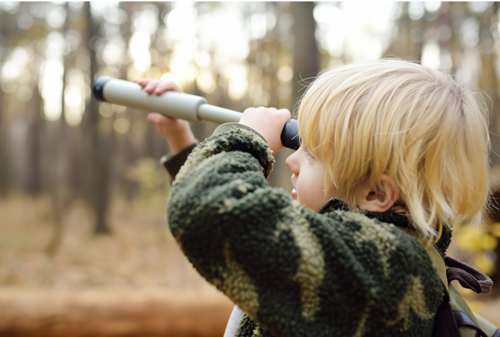In an age of constant distraction, that deep sense of satisfaction and joy you feel when you finally understand something or solve a challenging problem? That’s cognitive pleasure in action.
Cognitive pleasure is the unique satisfaction we feel when the mind is engaged, stretched, and rewarded through understanding, solving, or connecting ideas. It’s the little spark when something “clicks.” The quiet joy of figuring something out. The feeling of “I get it now.”
It’s not flashy. It’s often subtle. But it is deeply fulfilling. And the best part? It’s not rare. In fact, our brains are wired to enjoy thinking, especially when we’re in the right conditions. To talk about cognitive pleasure, we have to talk about flow — the deeply immersive state where we become fully absorbed in an activity. Time disappears. Distractions fade. We’re completely “in the zone.”
Psychologist Mihaly Csikszentmihalyi, who coined the term flow, described it as:
“A state in which people are so involved in an activity that nothing else seems to matter.”
1.0 How is it related to Flow?
Cognitive pleasure is often a result of entering flow, especially in learning, creative thinking, or problem-solving. Flow is the sweet spot between challenge and skill. It’s not too easy (boring), and not too hard (frustrating). When we’re in flow, we experience:
- Intense focus
- Loss of self-consciousness
- A sense of control
- Enjoyment of the process itself
When we’re immersed, we’re more likely to reach insights, make connections, and experience that intellectual “high” that makes learning feel intrinsically rewarding.
1.1 Why Focus Matters
When you’re focused, your brain isn’t juggling multiple things. It’s calm, steady, and able to dive deeper. Flow is the state where you’re so immersed in an activity that time fades away, and you’re fully present. It’s deeply satisfying. Learning tasks that are challenging but doable often trigger flow, and flow leads to cognitive pleasure. When we give our full attention to a learning task, we notice patterns, ask better questions, and make surprising connections.
1.2 Can learning products create that joy?
Learning tools designed with intention don’t just deliver information. They create experiences. They invite the user into a space where:
- Curiosity is rewarded
- Curiosity drives intrinsic motivation. When learners feel safe to explore and are rewarded for doing so, they engage more deeply and take ownership of their learning. EG: Duolingo
- Thinking is playful
- Playfulness reduces anxiety and increases cognitive flexibility. When learning feels like a game or creative challenge, the brain becomes more open to experimentation and problem-solving. EG: Quizlet
- Progress is visible
- Visual feedback creates a sense of momentum and satisfaction. Seeing progress reinforces effort and builds confidence, which sustains long-term engagement. EG: Notion’s goal trackers
- Mistakes are safe
- A psychologically safe environment encourages risk-taking and deeper learning. When mistakes are seen as part of the process, learners reflect, adapt, and grow without fear. EG: Brainscape
- Challenge feels achievable
- The right balance of difficulty keeps learners in the “flow zone.” If it’s too easy, they get bored; too hard, they give up. Achievable challenge sustains attention and drives mastery. EG: EduRises Microlearning
When these elements come together, users feel good while learning. Think about the moment a puzzle piece fits. The second you understand a tricky math concept. The rush of solving a riddle, writing a powerful sentence, or connecting two seemingly unrelated ideas. That’s cognitive pleasure. Well-designed learning products recreate those moments.
1.3 What it looks like in practice?
Apps Khan Academy use level progression, feedback loops, and micro-challenges to keep users engaged. Tools like EduRises Microlearning go a step further by offering applied learning questions that promote active thinking, while allowing users to self-select bilingual content and adjust difficulty levels based on their comfort and goals. Tools like Notion and Obsidian let users link their own thoughts together, creating a sense of mental clarity and ownership. Even journaling apps or writing platforms can foster this joy when they encourage reflection and self-discovery.
These products are thinking environments. They make space for flow. And in that space, joy happens naturally.
In fact, some of the most joyful moments of our intellectual lives come not from knowing something, but from the process of figuring it out.
- 手术室里的“发光科技”:荧光引导下手术 (Fluorescence Guided Surgery) - 2025-12-03
- 探索合规科技(RegTech)的解决方案与应用场景 - 2025-09-15
- 2025 JobStreet新加坡职业展:简历优化、面试技巧与8大中介推荐 - 2025-08-14

